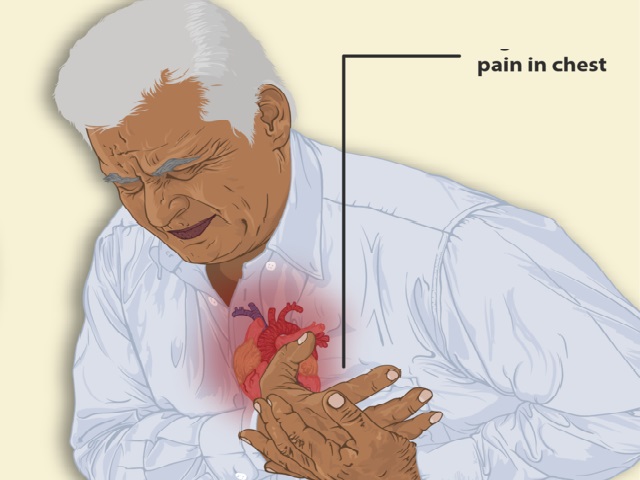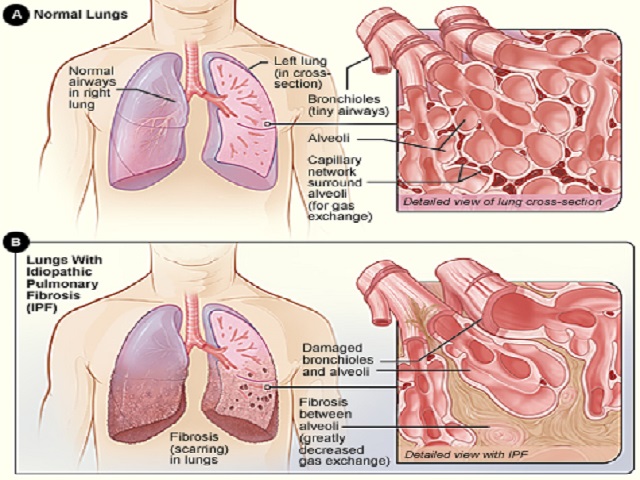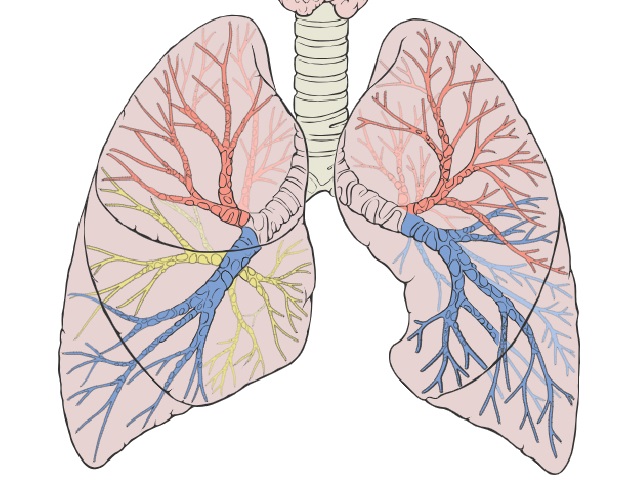6 Signs You May Have Pulmonary Embolism -- Symptoms, Causes, Effects, Treatment and Prevention
Pulmonary embolism (PE) is a potentially life-threatening condition that occurs when a blood clot, usually from the legs, travels to the lungs and blocks the pulmonary arteries. It can lead to restricted blood flow, decreased oxygenation, and damage to the lung tissue.
Symptoms of Pulmonary Embolism
The symptoms of pulmonary embolism can vary depending on the size of the clot and the extent of the blockage. Common symptoms may include:
- Sudden onset of shortness of breath, often worsened by physical activity.
- Chest pain, which may be sharp and worsened by deep breaths or coughing.
- Rapid or irregular heartbeat.
- Cough, sometimes with bloody sputum.
- Sweating, lightheadedness, or fainting.
- Leg pain or swelling, which may indicate the presence of a deep vein thrombosis (DVT) that has traveled to the lungs.
It's important to note that not all individuals with pulmonary embolism will experience all of these symptoms, and some cases may present with subtle or atypical signs.
Diagnosis of Pulmonary Embolism
Diagnosing pulmonary embolism typically involves a combination of clinical assessment, imaging tests, and laboratory tests. Common diagnostic approaches include:
- Imaging tests: Imaging techniques such as computed tomography pulmonary angiography (CTPA) and ventilation/perfusion (V/Q) scan can help visualize the blood vessels in the lungs and identify any blockages caused by blood clots.
- D-dimer blood test: This blood test measures the levels of D-dimer, a substance produced when a blood clot breaks down. Elevated D-dimer levels can suggest the presence of a blood clot, although further imaging tests are typically required for confirmation.
- Venous ultrasound: An ultrasound may be performed to check for the presence of deep vein thrombosis in the legs, as it is a common source of pulmonary embolism.
Causes of Pulmonary Embolism
The most common cause of pulmonary embolism is the migration of blood clots from deep veins, usually in the legs or pelvis. These blood clots, known as deep vein thrombosis (DVT), can dislodge and travel to the lungs, causing pulmonary embolism. Risk factors for the development of DVT and subsequent pulmonary embolism include:
- Prolonged immobility, such as long-distance travel, bed rest, or immobility due to surgery.
- History of DVT or pulmonary embolism.
- Certain medical conditions, including cancer, heart disease, and autoimmune disorders.
- Pregnancy and postpartum period.
- Hormonal factors, such as estrogen-containing medications or hormone replacement therapy.
- Obesity.
- Inherited clotting disorders.
- Smoking.
Effects of Pulmonary Embolism
Pulmonary embolism can have serious effects on the respiratory and cardiovascular systems. It can lead to reduced oxygenation of the blood, increased strain on the heart, and damage to the lung tissue. Severe cases can result in respiratory failure, cardiac arrest, or death if not promptly diagnosed and treated.
Treatment and Prevention of Pulmonary Embolism
The treatment and prevention of pulmonary embolism typically involve:
- Anticoagulant medication: Blood thinners, such as heparin and warfarin, are commonly prescribed to prevent the existing blood clot from growing and to reduce the risk of new clots forming.
- Thrombolytic therapy: In severe cases, medications known as thrombolytics may be used to dissolve the blood clot more quickly.
- Inferior vena cava (IVC) filter: In some instances where anticoagulant therapy is contraindicated or ineffective, an IVC filter may be placed to catch blood clots and prevent them from reaching the lungs.
- Supportive care: Oxygen therapy and pain management may be provided to alleviate symptoms and support respiratory function.
- Prevention measures: Measures to prevent pulmonary embolism include early mobilization after surgery, use of compression stockings or intermittent pneumatic compression devices to improve blood flow, and appropriate use of anticoagulant medication in high-risk individuals.
It's important to note that the treatment and prevention strategies may vary depending on the severity and individual characteristics of each case. It's crucial to consult a healthcare professional for proper evaluation and guidance.
References:
Mayo Clinic. (2021). Pulmonary embolism. Retrieved from https://www.mayoclinic.org/diseases-conditions/pulmonary-embolism/symptoms-causes/syc-20354647
National Heart, Lung, and Blood Institute. (2020). What Is Pulmonary Embolism? Retrieved from https://www.nhlbi.nih.gov/health-topics/pulmonary-embolism














